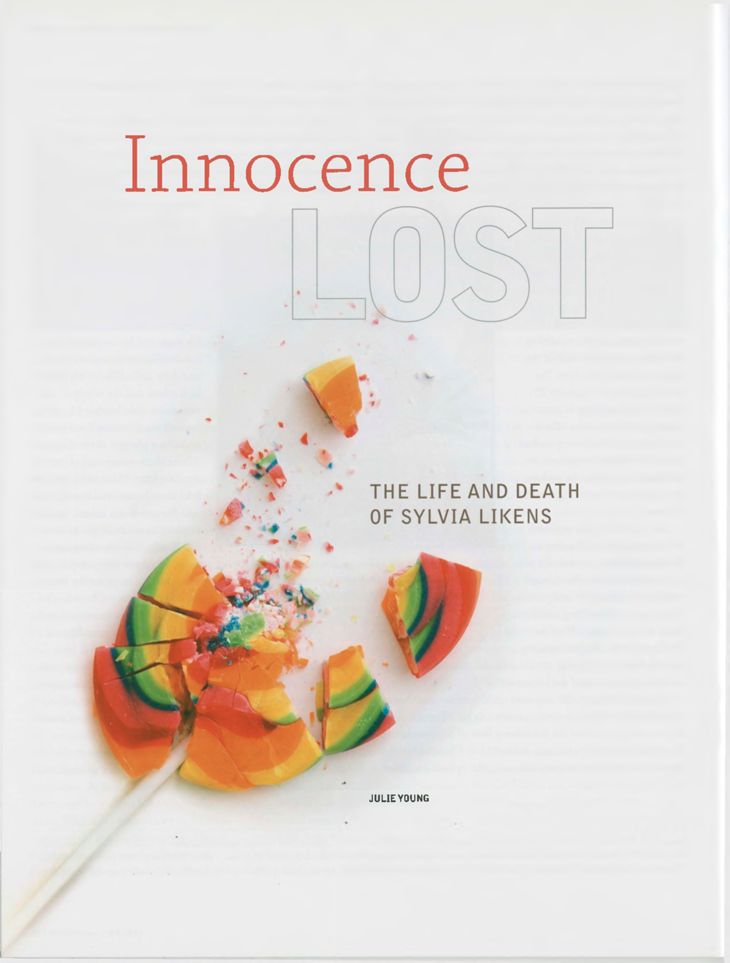
Plan your visit
A Look At 25 Years of “Traces of Indiana and Midwestern History”
January 12, 2024

This year marks the twenty-fifth anniversary of my service as editor of the Indiana Historical Society’s quarterly popular history magazine Traces of Indiana and Midwestern History. Since its debut in 1989, Traces has featured nonfiction, narrative articles that are solidly researched, attractively written, and amenable to illustration.
In shepherding nearly 100 issues to print, I have been lucky enough to work with a variety of authors, from working journalists to academics to freelancer writers in Indiana and around the country. There’s almost nothing as exciting for an editor as helping novice writers navigate the submission process and seeing their efforts make it to our thousands of readers. There is always the hope that a writer’s initial experience with the magazine is positive enough to foster a long-term relationship.
Over the years, there have been articles that I would recommend to rookies asking for examples to use as they hone their pieces. The following are my top ten articles that have appeared during my tenure as editor (none of the more than thirty pieces I have written were eligible). Each, in its own way, provides an example of the magazine’s longtime desire to be a cross between good academic history and good magazine journalism. By the date of their publication, they are:
* Summer 1999, “An American Sports Icon: Indiana’s Dan Patch,” Gerald Waite – Did you know that one of the state’s greatest athletes was a horse? Meet trotting legend Dan Patch, touted as being “kindhearted, generous, and a staunch Methodist who never performed on a Sunday.”

* Fall 2001, “An Indiana Lynching and Stories of Race,” James H. Madison – I have always had a soft spot for pieces by historians outlining why they chose a subject and their work behind a book project. Here, Madison explains why he took on the difficult task of researching the infamous August 1930 lynching of two Black teenagers in Marion, Indiana.
* Winter 2002, “A Significant Art: The Terre Haute Murals of Gilbert Wilson,” Edward K. Spann and Graeme Reid – The son of a Terre Haute banker, Wilson produced magnificent murals in his hometown but always seemed to just miss national success.

* Summer 2002, “A Woman at the Brickyard: Bettie Cadou and the Indianapolis Motor Speedway,” Nelson Price – Longtime Traces contributor Price’s exploration of the groundbreaking career of journalist Cadou, the first woman to obtain silver-badge credentials at the Speedway.

* Fall 2007, “This Rash Adventure: Ezra Pound at Wabash College,” Douglas Wissing – What happens when a young modernist poet takes a job at a small college in Crawfordsville? Nothing good, as Ezra Pound discovered during his short time at Wabash College.
* Summer 2010, “Innocence Lost: The Life and Death of Sylvia Likens,” Julie Young – A horrific case of unexpected violence, the tragic death of Likens is sensitively portrayed by Young.

* Winter 2012, “Never Use the D Word: My Life with Nuggets Magazine,” James Alexander Thom – The late Thom, known best for his majestic historical fiction, gives readers a glimpse into his life as editor of an Indianapolis-based monthly magazine aimed at a specialized audience—the mortuary trade. A funny ride through his twenty-five years trying to fun humor in a grim situation.
* Summer 2015, “‘The Sweetest Little Boy I Ever Knew’: A Handmade History for an Institutional Life,” Jane. E. Harlan-Simmons: Seldom have I been moved to tears by an article. Harlan-Simmons wonderful examination of a blind, mentally challenged youth and the people who tried to help him navigate life, however, managed the trick.
* Winter 2016, “The Sportswriter: Bob Collins of the Indianapolis Star,” Zak Keefer – A personality profile is often the most difficult piece to craft for a writer. Nobody did it better than Keefer for the career of a reporter’s reporter—Collins.
* Summer 2022, “Embraced and Detested, Performed and Protested: Hoosier Blackface Minstrel Shows,” Jodi Perras – History is not always soaring and comforting. It can make the reader squirm with discomfort. Some tales, however, have to be told.









